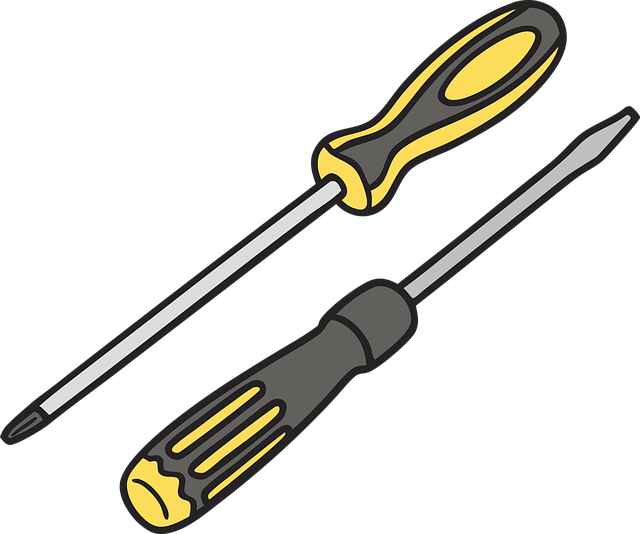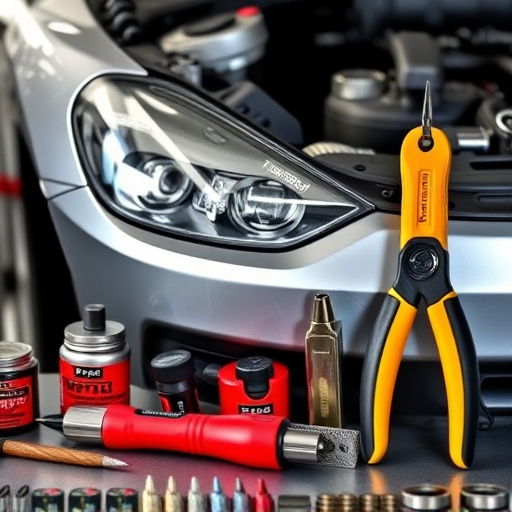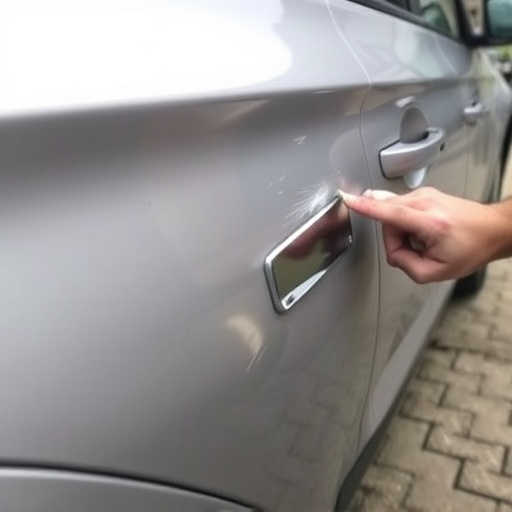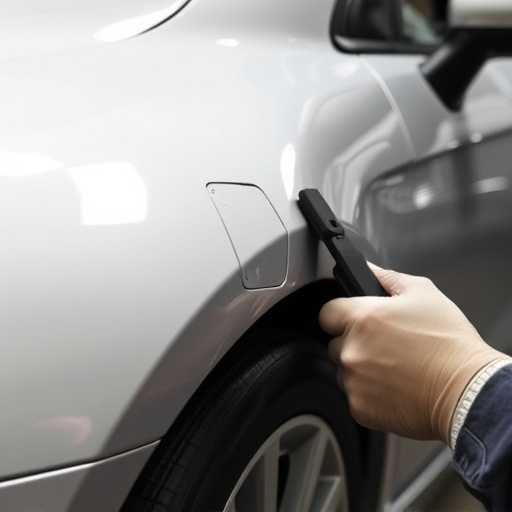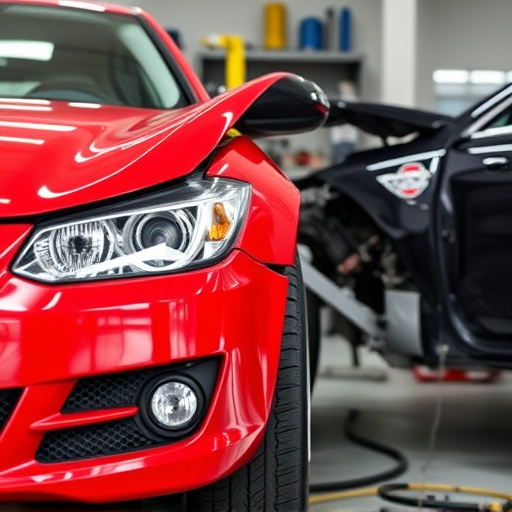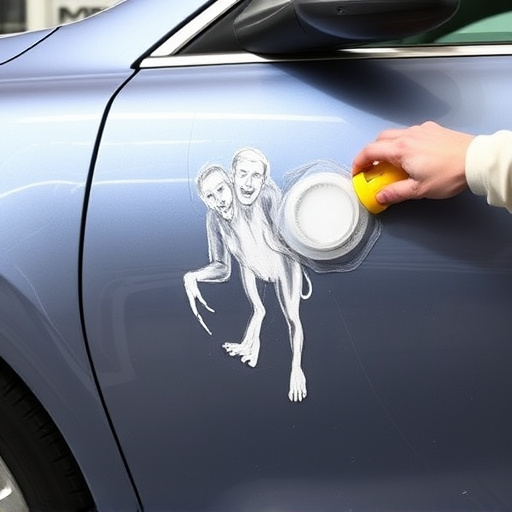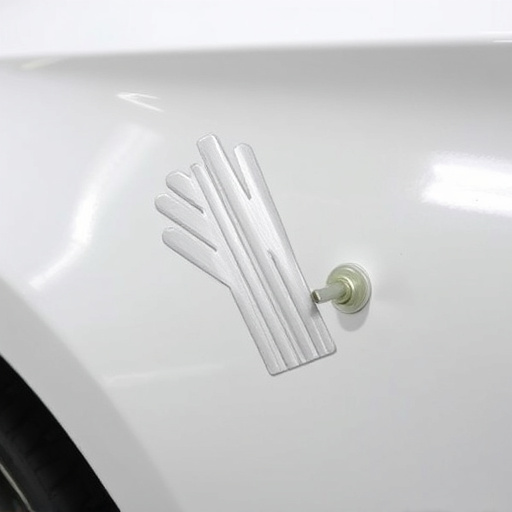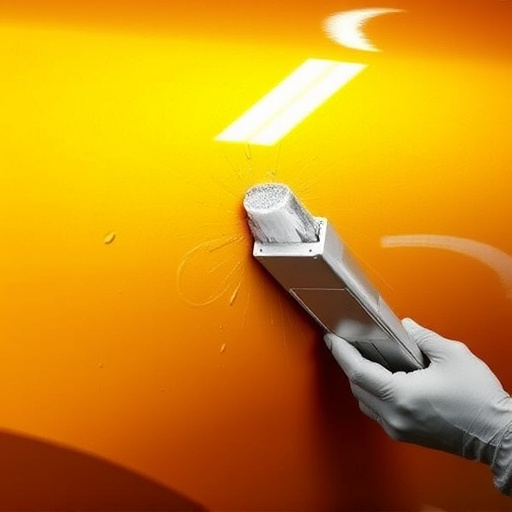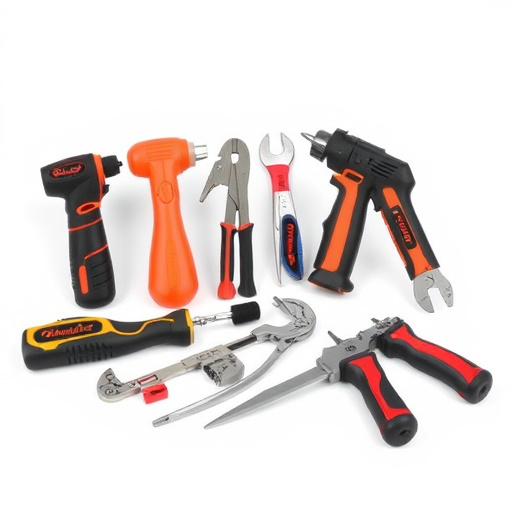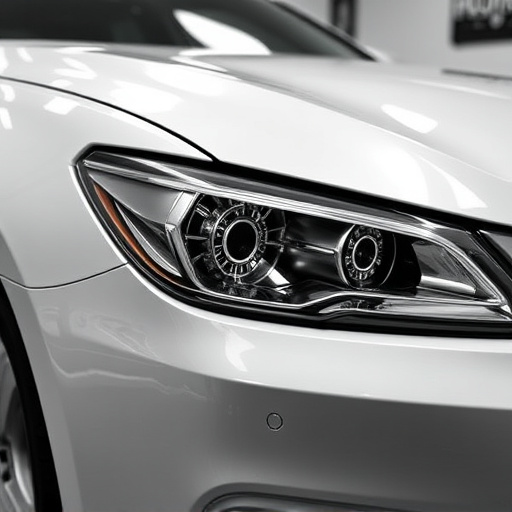Mercedes structural repair challenges stem from the intricate nature of aluminum and composite materials used in modern vehicles, requiring specialized tools and expertise for accurate restoration. Advanced technologies like laser welding and CAD software, coupled with skilled technicians, ensure precise repairs maintaining structural integrity, safety, and aesthetic appeal, aligning with Mercedes' high standards.
Mercedes vehicles are renowned for their innovative use of aluminum and composite materials, offering lightweight yet robust structures. However, these advanced materials pose unique challenges during structural repairs compared to traditional metal bodyshells. This article delves into the intricacies of Mercedes aluminum and composite repairs, exploring the specific challenges and advanced techniques employed by professionals. We provide best practices to ensure top-tier, precise, and durable Mercedes structural repair.
- Understanding Mercedes Aluminum and Composite Structures
- Challenges in Structural Repair for These Materials
- Advanced Techniques and Best Practices for Effective Repairs
Understanding Mercedes Aluminum and Composite Structures
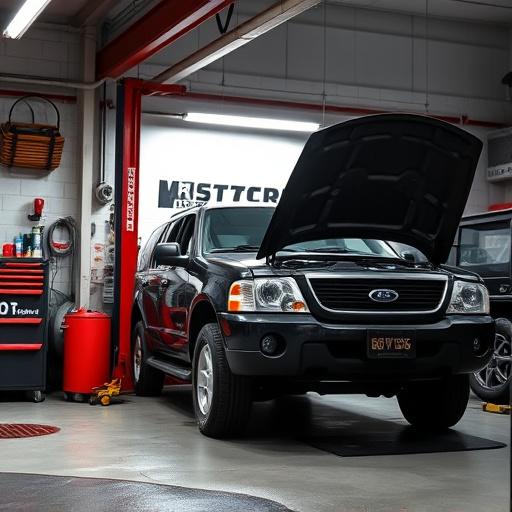
Mercedes vehicles are renowned for their sleek design and innovative use of materials, particularly aluminum and composite structures. These advanced materials offer significant advantages in terms of lightweight construction, improved safety, and fuel efficiency. However, they also present unique challenges when it comes to structural repair compared to traditional steel bodies. Understanding the intricacies of these materials is crucial for anyone involved in Mercedes structural repair.
Aluminum and composite materials are susceptible to different types of damage, from dents and scratches to more severe collision damage. Efficient repair methods must consider the material’s properties, such as its strength, corrosion resistance, and bonding capabilities. Techniques like dent removal and collision damage repair require specialized tools and expertise to ensure that the integrity of the structure is maintained. Auto body services specializing in Mercedes repairs often employ advanced technologies and techniques, including computer-aided design (CAD) and robotic welding, to accurately reconstruct these intricate bodies while preserving their original performance and aesthetics.
Challenges in Structural Repair for These Materials
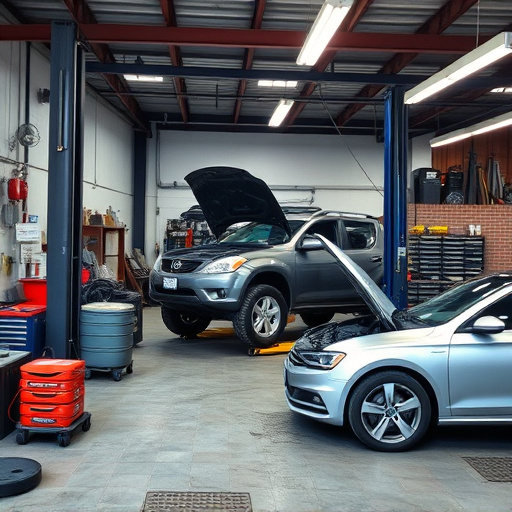
Mercedes structural repair for aluminum and composite materials presents unique challenges compared to traditional metal or steel bodies. These modern materials, while offering lightweight benefits and enhanced performance, can be more complex to repair due to their intricate structures and different properties. For instance, aluminum, being a softer metal, may deform upon impact, requiring specialized techniques and equipment for precise restoration.
Composite materials, composed of layers of fiber-reinforced resin, add another layer of complexity. Damage assessment becomes crucial as even minor cracks or delaminations can compromise structural integrity. Repairs often involve intricate composite repair processes, such as resin injection or advanced bonding techniques, to ensure the restored car body is as strong and reliable as its original state. This precision work demands skilled technicians and specialized equipment available in top collision centers to handle Mercedes structural repair for these advanced materials effectively.
Advanced Techniques and Best Practices for Effective Repairs
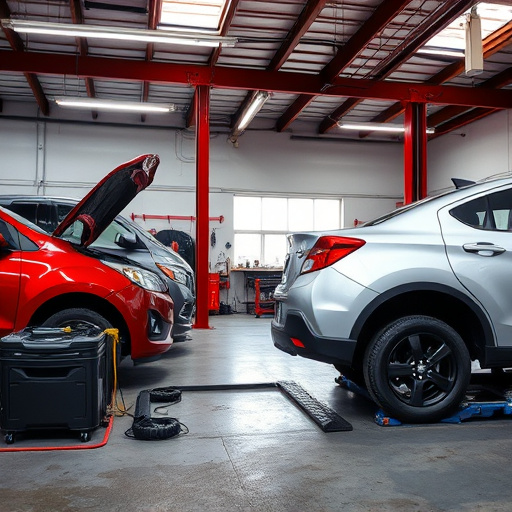
In the realm of Mercedes structural repair, advanced techniques and best practices are paramount to ensure the integrity and safety of aluminum and composite materials. Modern auto body repair professionals employ sophisticated technologies like laser welding and computer-aided design (CAD) software to precisely replicate original factory specifications. These innovations allow for minimal material waste and exacting measurements, crucial aspects in maintaining the vehicle’s structural strength and aesthetic appeal.
Furthermore, the integration of composite materials necessitates specialized approaches. Expert technicians must be adept at handling these innovative yet delicate substances, balancing their inherent strength with the need for careful manipulation during car collision repair or vehicle body repair processes. By adhering to stringent quality control measures and staying abreast of industry advancements, Mercedes structural repair specialists ensure that every repair is not just functional but also harmonious with the vehicle’s original design, guaranteeing a seamless return to the road.
Mercedes structural repair of aluminum and composite materials presents unique challenges, but advanced techniques like fiber-reinforced composite bonding, automated welding, and computer-aided design (CAD) offer effective solutions. By adhering to best practices, including thorough material inspection and precision engineering, professionals can restore these innovative structures to their original strength and aesthetics. Investing in these cutting-edge methods ensures high-quality Mercedes structural repair, preserving the integrity and value of these modern vehicles.


